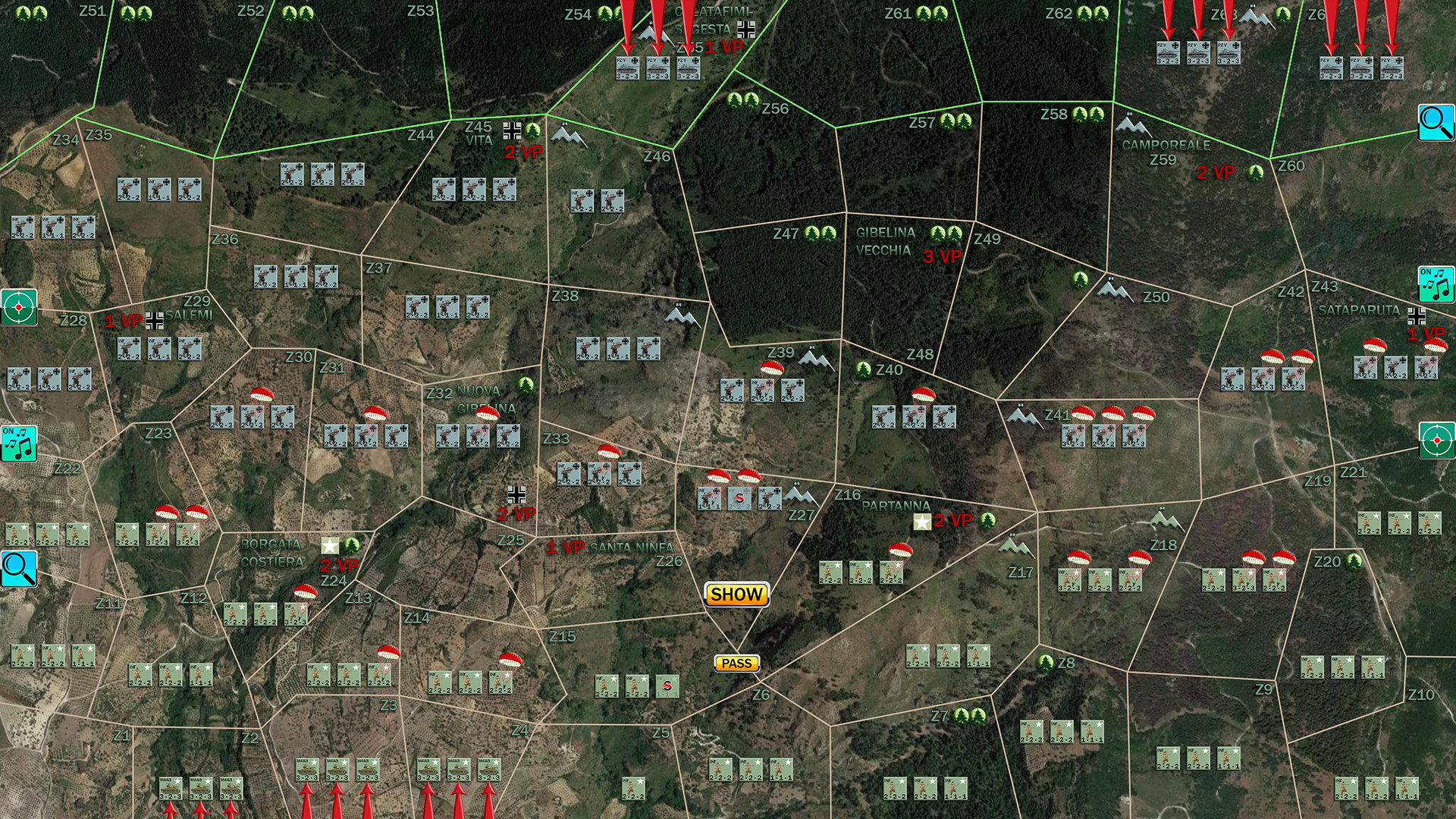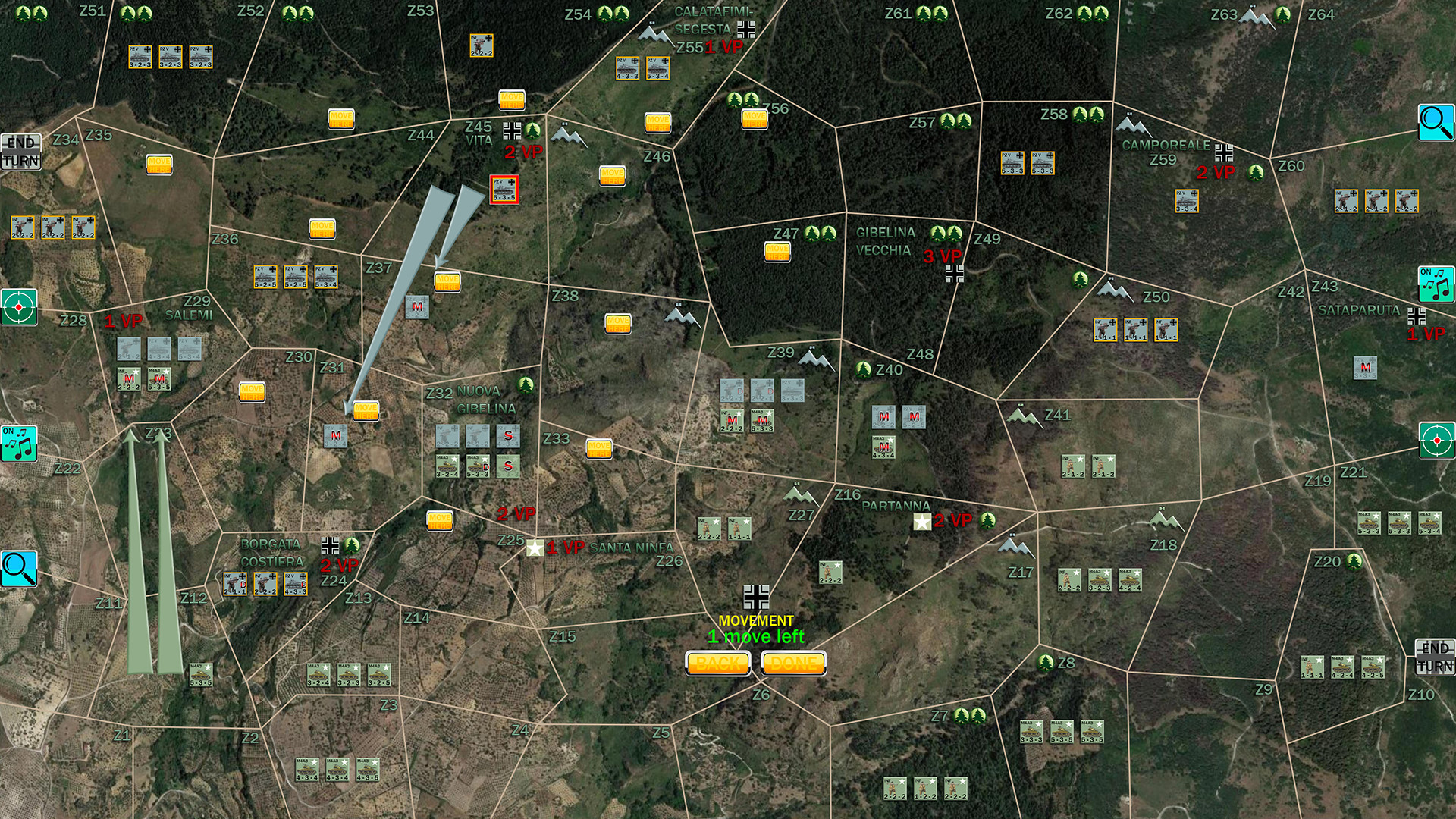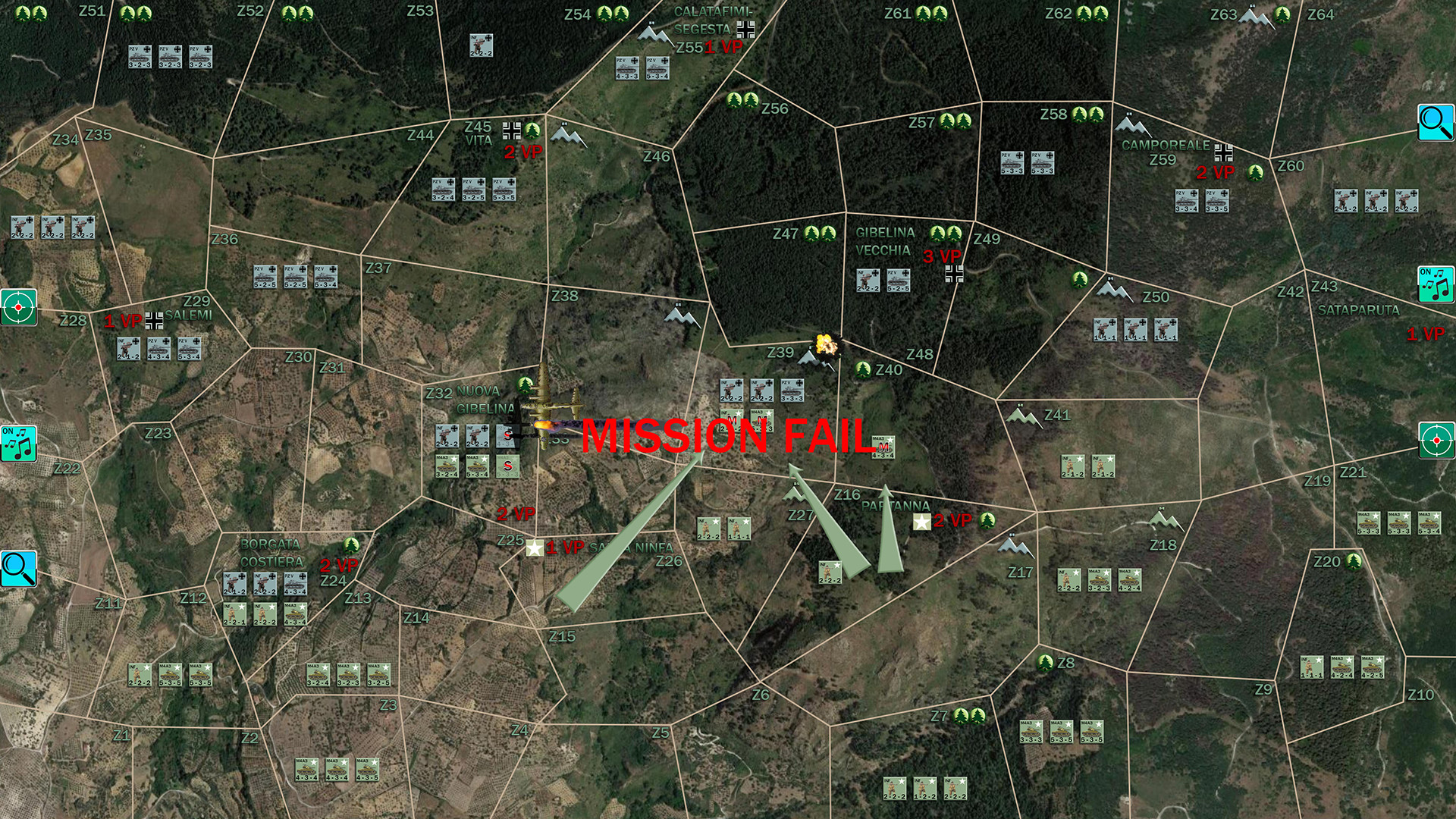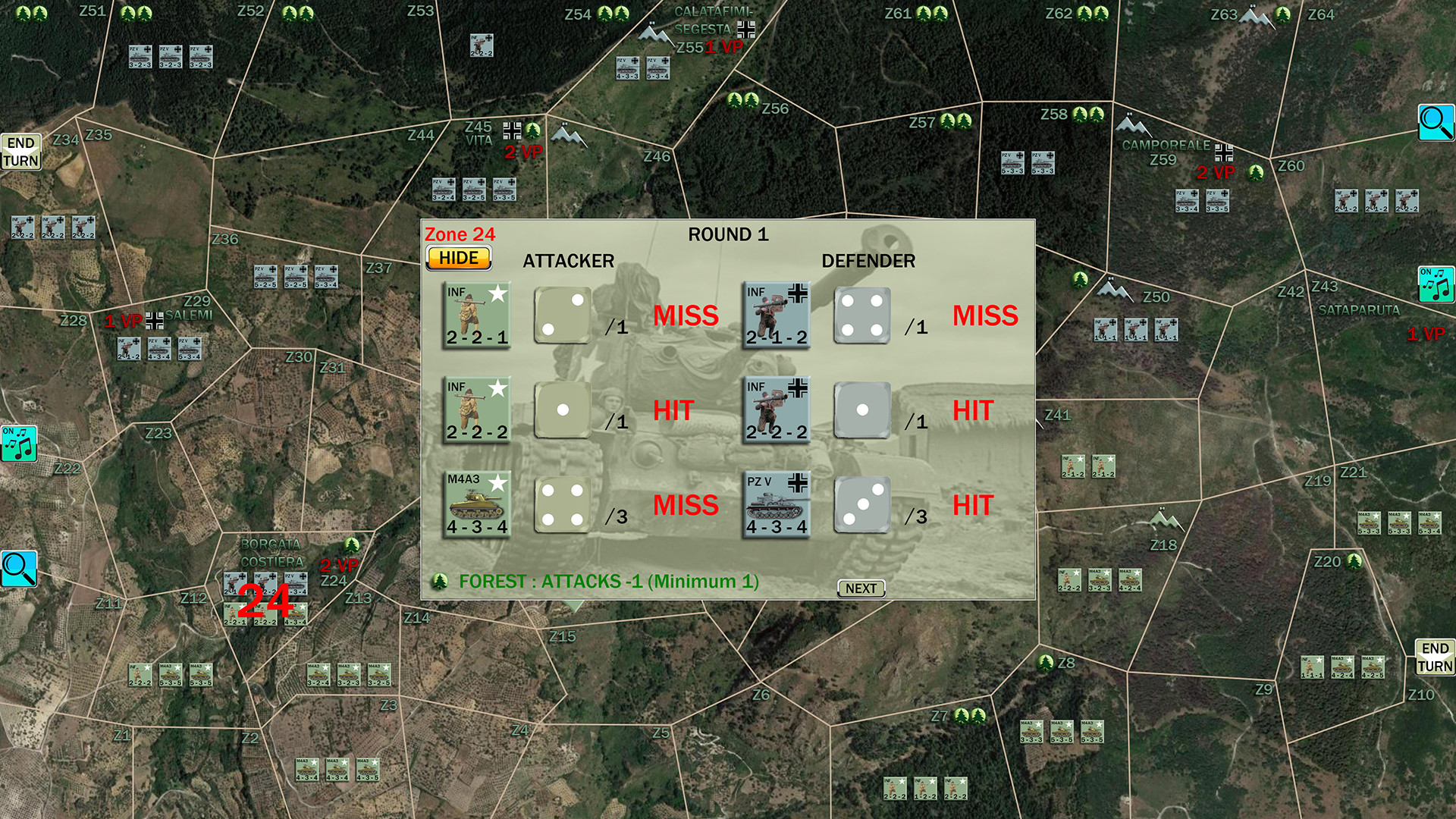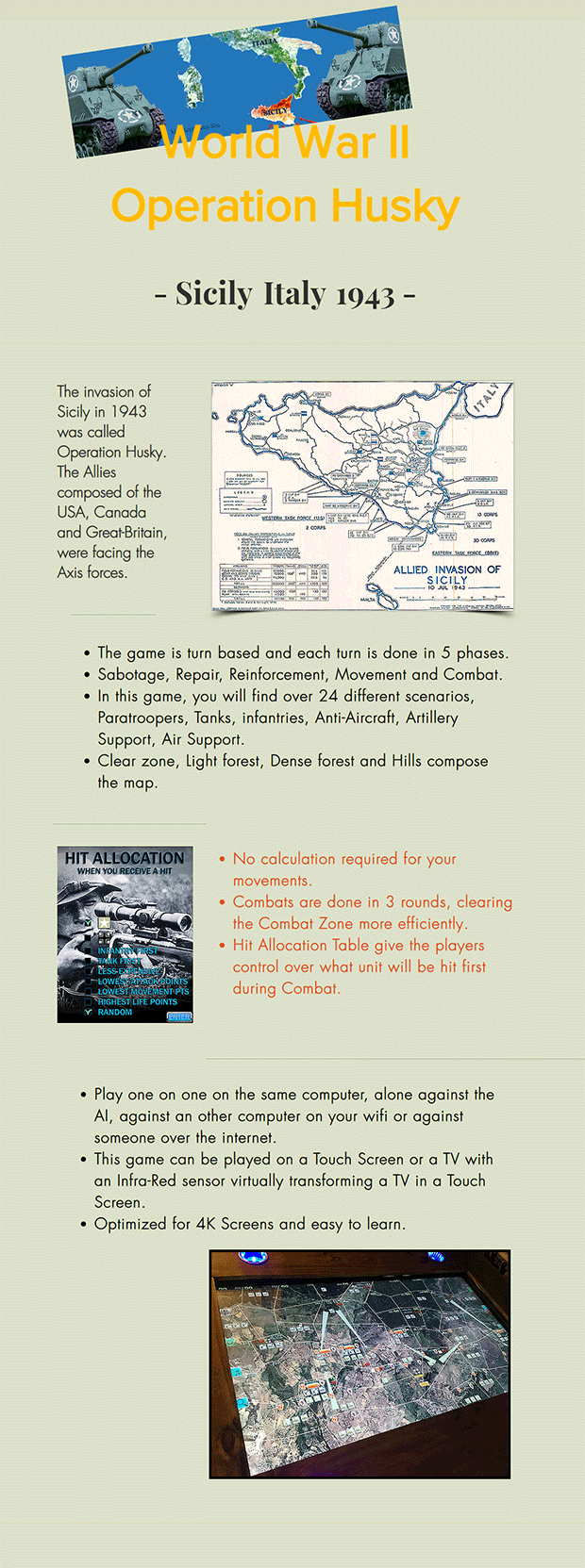
Operation Torch Sale
70% OFF
October 22 - November 5
October 22, 1942
First transports for Operation Torch, the Allied landings in North Africa, depart Britain (cargo ships).
While the British and Commonwealth militaries successfully pushed the Axis powers across the Sahara Desert to Tunisia, the remaining western territories in North Africa were under the control of the Axis-allied Vichy French government. The Vichy French had hundreds of thousands of soldiers spread throughout Tunisia, Algeria, and Morocco. During the strategic planning of the American intervention in North Africa, the political situation of the Vichy French territories was revealed to be more complex than originally anticipated. While the western portions of North Africa were officially part of Frances colonial empire, the Axis-allied Vichy French were the governing faction in the war, and the political perspectives of the local population of Free French exiles, pro-Vichy French groups, members of the French Resistance, and the diverse indigenous locals would make the American intervention strategy that much more difficult to consider. The amphibious landings in North Africa had tens of thousands of American and British soldiers landing in the cities of Casablanca, Oran, and Algiers over the course of several days in November 1942. Heavy casualties were incurred at the landings of Oran, as the combined American and British landing forces came under attack from Vichy French crossfire. In spite of the unexpected resistance by the defending Vichy French, the American soldiers successfully secured the landing zones in all three main cities, establishing an Allied beachhead across the coasts of Morocco and Algeria. The successful Operation Torch saw the American armies gain their first major victory in World War II. Paratroopers and Rangers from the U.S. Army were also successfully used for the first time at the landings around the city of Oran. Difficulties in reaching the shoreline on the amphibious landing craft helped the Allied commanders examine different methods of delivering soldiers from the sea to the land, which would later help them form more successful landings in Italy and France. Over the next several months, the American and British armies advanced respectively from the west and the east, trapping the remaining Axis powers in Tunisia. In spite of the successful advances, the Allies suffered a major defeat at the Battle of Kasserine Pass in February 1943. Due to the heavy casualties sustained by the American forces in the battle, the commanding general of the U.S. II Corps was replaced with the newly promoted Lieutenant General George S. Patton Jr. Pattons strict regulations for his soldiers and his rigorous training exercises helped the American armies win against the Axis forces at the Battle of El Guettar in April 1943. With the American and British armies defeating the Germans and Italians in the combined Operations Vulcan and Strike in May 1943, the Axis powers were completely pushed out of North Africa. The final surrender of the Axis powers on May 13 marked the conclusion of the Allied campaign in North Africa and laid the foundation for the invasion of Sicily two months later.
Minimum Setup
- OS: Ubuntu 14.4Memory: 2 GB RAM
- Memory: 2 GB RAM
[ 6534 ]
[ 4514 ]
[ 5360 ]

